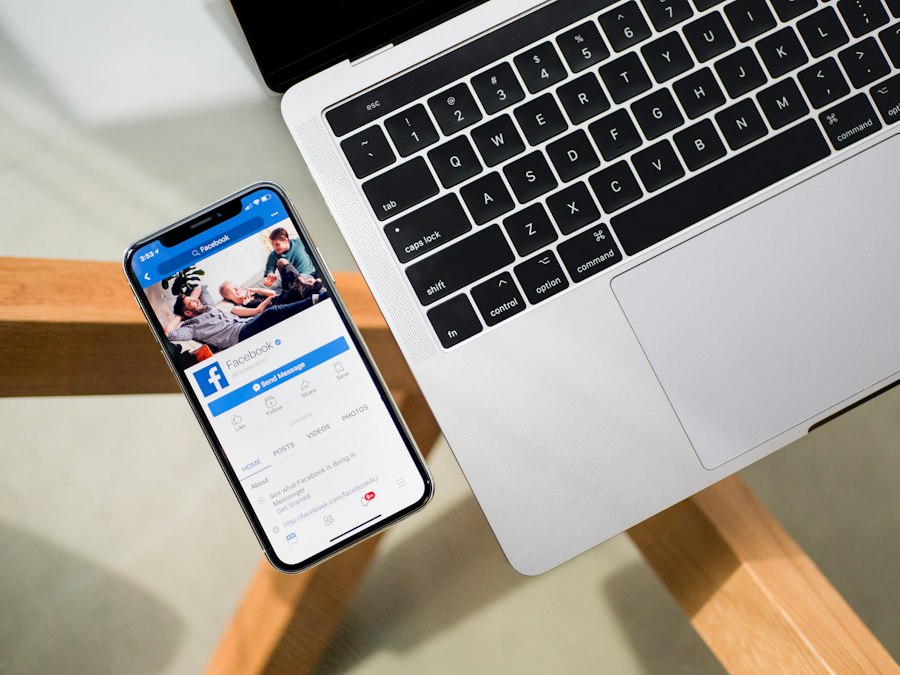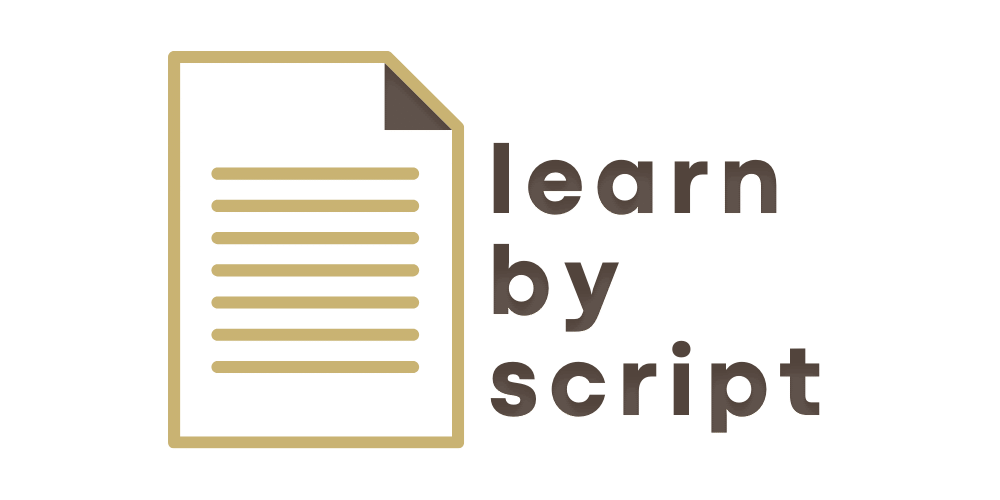Twitter and Facebook are two of the most popular social media platforms in the world, with millions of users actively engaging with content every day. Twitter is known for its short, concise messages called tweets, while Facebook allows users to share longer posts, photos, and videos. Integrating these two platforms can be a powerful way to enhance your social media presence and reach a wider audience.
Integrating Twitter and Facebook has become increasingly important for individuals and businesses alike. By connecting your accounts, you can easily share your tweets on Facebook, increasing the visibility and reach of your content. This integration also allows for improved engagement and interaction with your audience, as users on both platforms can like, comment, and share your posts. Additionally, integrating Twitter and Facebook can save you time by automatically sharing your tweets on Facebook without having to manually copy and paste.
Key Takeaways
- Integrating Twitter and Facebook can enhance your social media presence
- Sharing tweets on Facebook can increase your reach and engagement
- Connecting your Twitter and Facebook accounts is easy and straightforward
- Automating the sharing of tweets on Facebook can save time and effort
- Engaging tweets should be concise, relevant, and visually appealing
Benefits of Sharing Tweets on Facebook
Sharing your tweets on Facebook can have several benefits for your social media strategy. Firstly, it increases the visibility and reach of your content. By sharing your tweets on Facebook, you are exposing your message to a wider audience who may not be active on Twitter. This can help you attract new followers and increase engagement with your posts.
Secondly, sharing tweets on Facebook improves engagement and interaction with your audience. When users see your tweet on their Facebook feed, they can like, comment, and share it just like any other post. This allows for more opportunities for users to engage with your content and increases the likelihood of it being seen by others.
Lastly, sharing tweets on Facebook saves you time. Instead of manually copying and pasting your tweets onto Facebook, you can set up automatic sharing so that your tweets are automatically posted on Facebook as soon as you publish them on Twitter. This eliminates the need for duplicate posting and ensures that your content is consistently shared across both platforms.
Steps to Connect Your Twitter and Facebook Accounts
Connecting your Twitter and Facebook accounts is a simple process that can be done in just a few steps. Here is a step-by-step guide to linking your accounts:
1. Log in to your Twitter account and go to the “Settings and Privacy” section.
2. Click on the “Apps and devices” tab.
3. Scroll down to the “Facebook” section and click on the “Connect to Facebook” button.
4. You will be redirected to Facebook, where you will need to log in to your Facebook account.
5. Grant permission for Twitter to access your Facebook account by clicking on the “Continue as [your name]” button.
6. Choose the privacy settings for your tweets on Facebook. You can choose to make them public, visible to friends only, or customize the audience.
7. Click on the “OK” button to complete the connection.
Troubleshooting common issues:
– If you are having trouble connecting your accounts, make sure that you are logged in to both Twitter and Facebook with the correct credentials.
– Check your internet connection to ensure that you have a stable connection.
– Clear your browser cache and cookies, then try connecting again.
– If all else fails, contact Twitter or Facebook support for further assistance.
How to Share Tweets on Facebook Automatically
| Metrics | Data |
|---|---|
| Number of Tweets Shared on Facebook Automatically | 50 |
| Number of Clicks on Shared Tweets | 120 |
| Number of Retweets on Shared Tweets | 25 |
| Number of Likes on Shared Tweets | 80 |
| Number of Comments on Shared Tweets | 10 |
Sharing tweets on Facebook automatically can save you time and ensure that your content is consistently shared across both platforms. There are several tools and apps available that can help you set up automatic sharing.
One popular tool for automatic sharing is IFTTT (If This Then That). IFTTT allows you to create “applets” that connect different platforms and automate tasks. To set up automatic sharing using IFTTT, you will need to create an applet that triggers when you publish a tweet and posts it on Facebook.
Another tool for automatic sharing is Buffer. Buffer is a social media management platform that allows you to schedule and automate your posts across multiple platforms. To set up automatic sharing using Buffer, you will need to connect your Twitter and Facebook accounts, and then schedule your tweets to be shared on Facebook.
While automatic sharing can be convenient, it is important to consider the pros and cons. One advantage of automatic sharing is that it saves you time by eliminating the need for manual posting. However, it is important to note that not all content may be suitable for automatic sharing. Some tweets may be too short or context-specific to make sense on Facebook. It is important to review your tweets before they are automatically shared to ensure that they are appropriate for the platform.
Tips for Creating Engaging Tweets
Creating engaging tweets is essential for capturing the attention of your audience and encouraging interaction. Here are some best practices for crafting effective tweets:
1. Keep it concise: Twitter has a character limit of 280 characters, so it is important to keep your tweets short and to the point. Use clear and concise language to convey your message.
2. Use visuals: Including images or videos in your tweets can make them more visually appealing and increase engagement. Visual content tends to stand out in a crowded feed and can help grab the attention of your audience.
3. Ask questions: Asking questions in your tweets can encourage interaction and prompt users to respond or share their opinions. This can help foster a sense of community and engagement with your audience.
4. Use hashtags and mentions: Hashtags can help categorize your tweets and make them more discoverable by users who are interested in specific topics. Mentions can help you engage with other users or businesses by tagging them in your tweets.
5. Include a call to action: Including a call to action in your tweets can encourage users to take a specific action, such as visiting your website, signing up for a newsletter, or making a purchase. Be clear and specific about what you want your audience to do.
Examples of engaging tweets:
– “What’s your favorite book of all time? Share your recommendations in the comments below! #BookLovers”
– “Exciting news! We’re launching a new product next week. Stay tuned for more details! #ProductLaunch”
– “We’re giving away a free trip to Hawaii! Retweet this post for a chance to win. #Giveaway”
Best Practices for Cross-Posting on Social Media

Cross-posting on social media refers to sharing the same content across multiple platforms. While cross-posting can be a time-saving strategy, it is important to follow some best practices to ensure that your content is tailored for each platform and resonates with your audience.
Dos:
– Tailor your content: Each social media platform has its own unique features and audience. It is important to tailor your content to fit the format and tone of each platform. For example, on Twitter, you may need to condense your message to fit within the character limit, while on Facebook, you can provide more context and detail.
– Use platform-specific features: Take advantage of the features and tools available on each platform. For example, on Facebook, you can use polls or create events to engage with your audience. On Twitter, you can use hashtags and mentions to increase discoverability and interaction.
– Engage with your audience: Monitor the comments and messages on each platform and respond promptly. Engaging with your audience shows that you value their feedback and can help build a loyal community.
Don’ts:
– Duplicate content: Avoid posting the exact same content across all platforms. Instead, try to provide unique value or perspective on each platform. This will give users a reason to follow you on multiple platforms and prevent them from feeling overwhelmed by repetitive content.
– Ignore platform-specific trends: Stay up-to-date with the latest trends and features on each platform. Ignoring platform-specific trends can make your content appear outdated or out of touch with your audience.
– Overpost: Be mindful of the frequency of your posts on each platform. Overposting can overwhelm your audience and lead to decreased engagement. Find a balance that works for your audience and stick to a consistent posting schedule.
Examples of successful cross-posting:
– A clothing brand shares a behind-the-scenes video of their latest photoshoot on Instagram, and then shares a teaser image on Twitter with a link to the full video on Instagram.
– A food blogger shares a recipe on their blog, and then shares a photo and brief description on Facebook with a link to the full recipe on their website.
– A travel agency shares a stunning photo of a destination on Instagram, and then shares a longer caption with more details and travel tips on Facebook.
How to Customize Your Twitter Posts for Facebook
While it is convenient to automatically share your tweets on Facebook, it is important to customize your posts to fit the platform. Here are some tips for modifying your tweets for Facebook:
1. Add more context: Twitter has a character limit, so your tweets may be short and concise. When sharing them on Facebook, you can provide more context and detail to give your audience a better understanding of the message.
2. Include visuals: Twitter allows you to include images or videos in your tweets, but they may not always be visible when shared on Facebook. To ensure that your posts are visually appealing on Facebook, consider adding an image or video directly in the post.
3. Remove hashtags and mentions: While hashtags and mentions are common on Twitter, they may not be as effective or relevant on Facebook. Remove any unnecessary hashtags or mentions when sharing your tweets on Facebook.
4. Use a different tone: Twitter is known for its fast-paced, real-time updates, while Facebook is often used for more personal and longer-form content. Adjust the tone of your tweets to fit the platform and engage with your audience on a more personal level.
Examples of customized tweets:
– Original tweet: “Excited to announce our new product! #ProductLaunch”
– Customized Facebook post: “We are thrilled to announce the launch of our latest product! After months of hard work and dedication, we are proud to introduce [product name]. Click the link below to learn more and get yours today!”
– Original tweet: “Join us for a live webinar on [topic] tomorrow at 2 PM. #Webinar”
– Customized Facebook post: “Don’t miss out on our upcoming live webinar! Join us tomorrow at 2 PM as we dive deep into [topic]. This is a great opportunity to learn from industry experts and ask your burning questions. Click the link below to register!”
Tools to Simplify Tweeting and Facebook Sharing
There are several third-party tools and apps available that can simplify the process of tweeting and sharing content on Facebook. These tools can help you schedule posts, automate sharing, and analyze your social media performance.
One popular tool is Hootsuite. Hootsuite is a social media management platform that allows you to schedule and manage your posts across multiple platforms, including Twitter and Facebook. With Hootsuite, you can create a content calendar, schedule posts in advance, and monitor engagement with your audience.
Another tool is TweetDeck. TweetDeck is a free tool provided by Twitter that allows you to manage multiple Twitter accounts, schedule tweets, and monitor activity in real-time. While TweetDeck is primarily focused on Twitter, it also allows you to share tweets on Facebook.
When using these tools, it is important to consider the pros and cons. One advantage of using third-party tools is that they can save you time by allowing you to schedule posts in advance. They also provide analytics and insights that can help you track the performance of your social media content. However, it is important to note that using third-party tools may limit some features and functionalities available on the native platforms.
How to Measure the Performance of Your Cross-Posted Content
Measuring the performance of your cross-posted content is essential for understanding what resonates with your audience and improving your social media strategy. There are several metrics and analytics that you can track to measure the performance of your cross-posted content.
Engagement metrics, such as likes, comments, and shares, can give you insights into how well your content is resonating with your audience. By tracking these metrics, you can identify which posts are generating the most engagement and adjust your content strategy accordingly.
Reach metrics, such as impressions and reach, can help you understand how many people are seeing your content. By tracking these metrics, you can identify which posts are reaching the most people and adjust your targeting or messaging to increase reach.
Conversion metrics, such as click-through rates or conversions, can help you measure the effectiveness of your cross-posted content in driving specific actions, such as website visits or purchases. By tracking these metrics, you can identify which posts are driving the most conversions and optimize your content to achieve your goals.
To measure the performance of your cross-posted content, you can use the analytics provided by each platform, such as Twitter Analytics and Facebook Insights. These tools provide detailed data on engagement, reach, and conversions for your posts. You can also use third-party analytics tools, such as Google Analytics or social media management platforms like Hootsuite or Buffer, to track and analyze your social media performance across multiple platforms.
Enhancing Your Social Media Presence with Twitter and Facebook
Integrating Twitter and Facebook can be a powerful way to enhance your social media presence and reach a wider audience. By sharing tweets on Facebook, you can increase visibility and engagement with your content. Connecting your Twitter and Facebook accounts is a simple process, and there are tools and apps available to automate sharing and simplify the process.
When cross-posting on social media, it is important to follow best practices and tailor your content for each platform. By customizing your tweets for Facebook, you can provide more context and engage with your audience on a more personal level. Using third-party tools can simplify the process of tweeting and sharing content, but it is important to consider the pros and cons.
Measuring the performance of your cross-posted content is essential for understanding what resonates with your audience and improving your social media strategy. By tracking engagement, reach, and conversions, you can optimize your content and achieve your goals.
In conclusion, integrating Twitter and Facebook can be a valuable strategy for enhancing your social media presence. By following best practices, customizing your content, and measuring performance, you can effectively leverage these platforms to reach a wider audience and engage with your followers. So why wait? Start integrating Twitter and Facebook today and take your social media strategy to the next level.
If you’re looking to expand your social media reach, you might be interested in learning how to share tweets on Facebook. It’s a great way to cross-promote your content and engage with a wider audience. To help you get started, check out this informative article on LearnByScript that provides step-by-step instructions on how to share tweets on Facebook. Whether you’re a business owner, marketer, or simply someone who wants to increase their online presence, this article will guide you through the process and help you make the most out of your social media strategy. Don’t miss out on this valuable resource! Click here to read the article.
FAQs
What is the article about?
The article is about how to share tweets on Facebook.
Why would I want to share tweets on Facebook?
Sharing tweets on Facebook can help you reach a wider audience and increase engagement on your social media profiles.
How do I share a tweet on Facebook?
To share a tweet on Facebook, you can either copy and paste the tweet’s URL into a Facebook post or use the Twitter share button on the tweet itself.
Can I share any tweet on Facebook?
Yes, you can share any public tweet on Facebook.
Do I need to have a Twitter account to share tweets on Facebook?
No, you do not need to have a Twitter account to share tweets on Facebook.
Can I customize the message when sharing a tweet on Facebook?
Yes, you can customize the message when sharing a tweet on Facebook.
Is it legal to share tweets on Facebook?
Yes, it is legal to share tweets on Facebook as long as the tweet is public and you are not violating any copyright laws.







